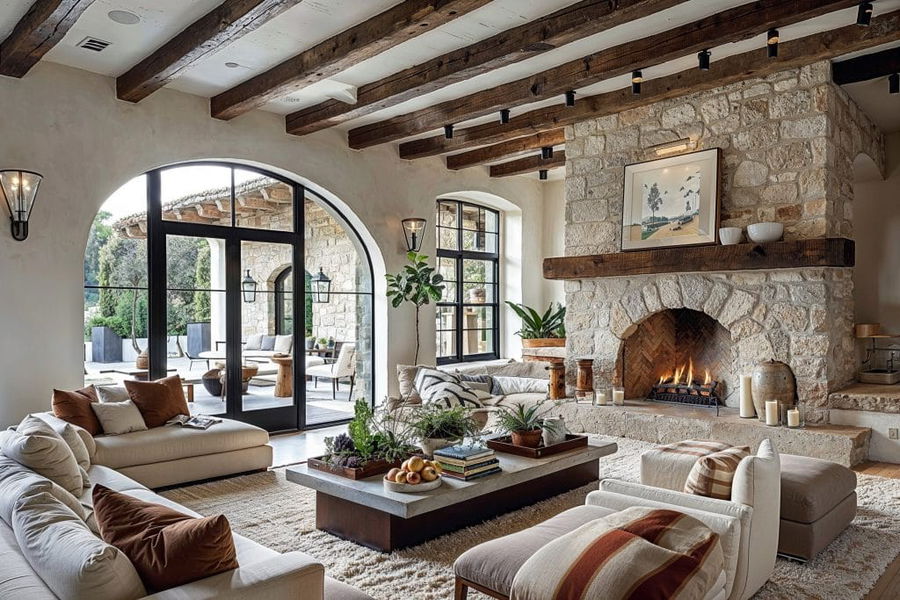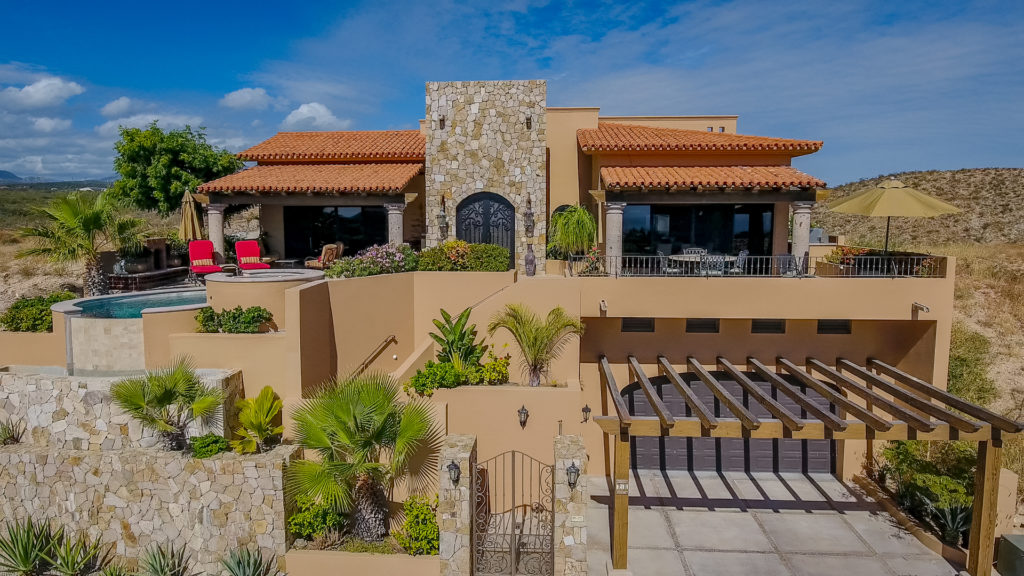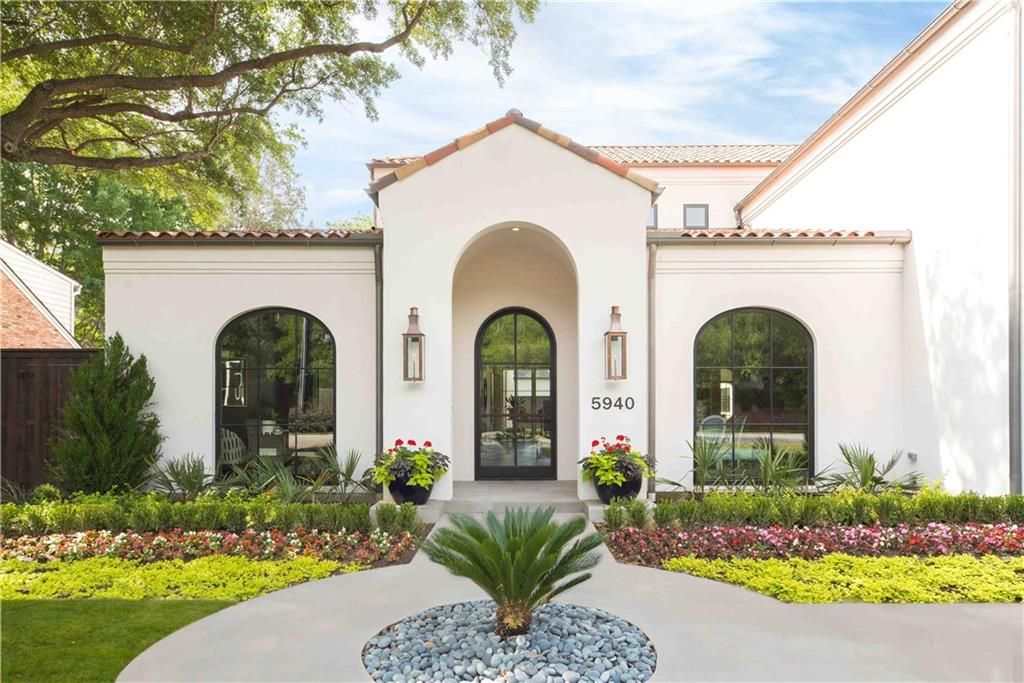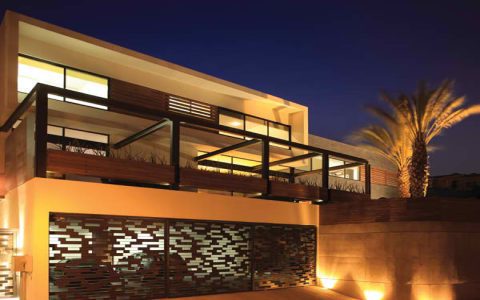Modern Mexican house design blends vibrant cultural heritage with contemporary functionality. Below is a comparison of top styles based on key architectural elements:
Color Philosophy
- Bold Expression:
Vibrant blues, reds, yellows, and terracotta dominate traditional interpretations, celebrating Mexico's cultural vitality.
- Minimalist Earth Tones:
Contemporary approaches favor muted palettes - warm taupes, terracotta, and sandstone - creating serene, nature-connected spaces.
- Monochrome Statements:
Radical modern examples (like the Pink House) use single bold hues as architectural features, replacing decorative elements.

Form & Spatial Innovation
- Light-Focused Layouts:
Rectilinear designs maximize natural light in urban settings, using light wells and sliding glass walls to combat narrow plots.
- Dual-Body Structures:
Separated volumes connected by courtyards balance privacy and community, filtering noise while maintaining openness.
- Fluid Boundaries:
Traditional interior-exterior transitions via permeable barriers (glass partitions, open kitchens) blend living spaces with gardens.
Materiality & Texture
- Natural Raw Elements:
Exposed concrete, reclaimed wood, and tactile stucco walls emphasize organic authenticity.
- Modern Synthetics:
Metal accents in kitchens and industrial fixtures create intentional material contrasts against rustic backdrops.
- Textural Wood Features:
Custom wooden screens and ceilings (as in MAPmx apartments) define spaces without walls, ensuring functional flow.

Decorative Approach
- Cultural Craft Emphasis:
Handmade tiles, wrought iron, and folk art inject personality - locally crafted ceramics serve as focal points.
- Anti-Decoration Stance:
Pioneering designs reject ornamentation; structure and light become primary visual elements.
- Strategic Minimalism:
Unadorned functional elements (e.g., untreated wood beams) honor craft traditions through simplicity.

Key Functional Elements
- Open Culinary Spaces:
Kitchens merge with living areas, featuring metallic finishes and traditional cabinet craftsmanship.
- Atmospheric Bathing Areas:
Glass-partitioned wet zones showcase stone surfaces, blending openness with intimate warmth.
- Adaptive Outdoor Rooms:
Courtyards and terraces function as seasonal living spaces with integrated native plants.
Selecting a style depends on balancing heritage resonance with spatial needs: Traditional palettes energize, while minimalist forms optimize urban constraints. Material honesty remains universal.






